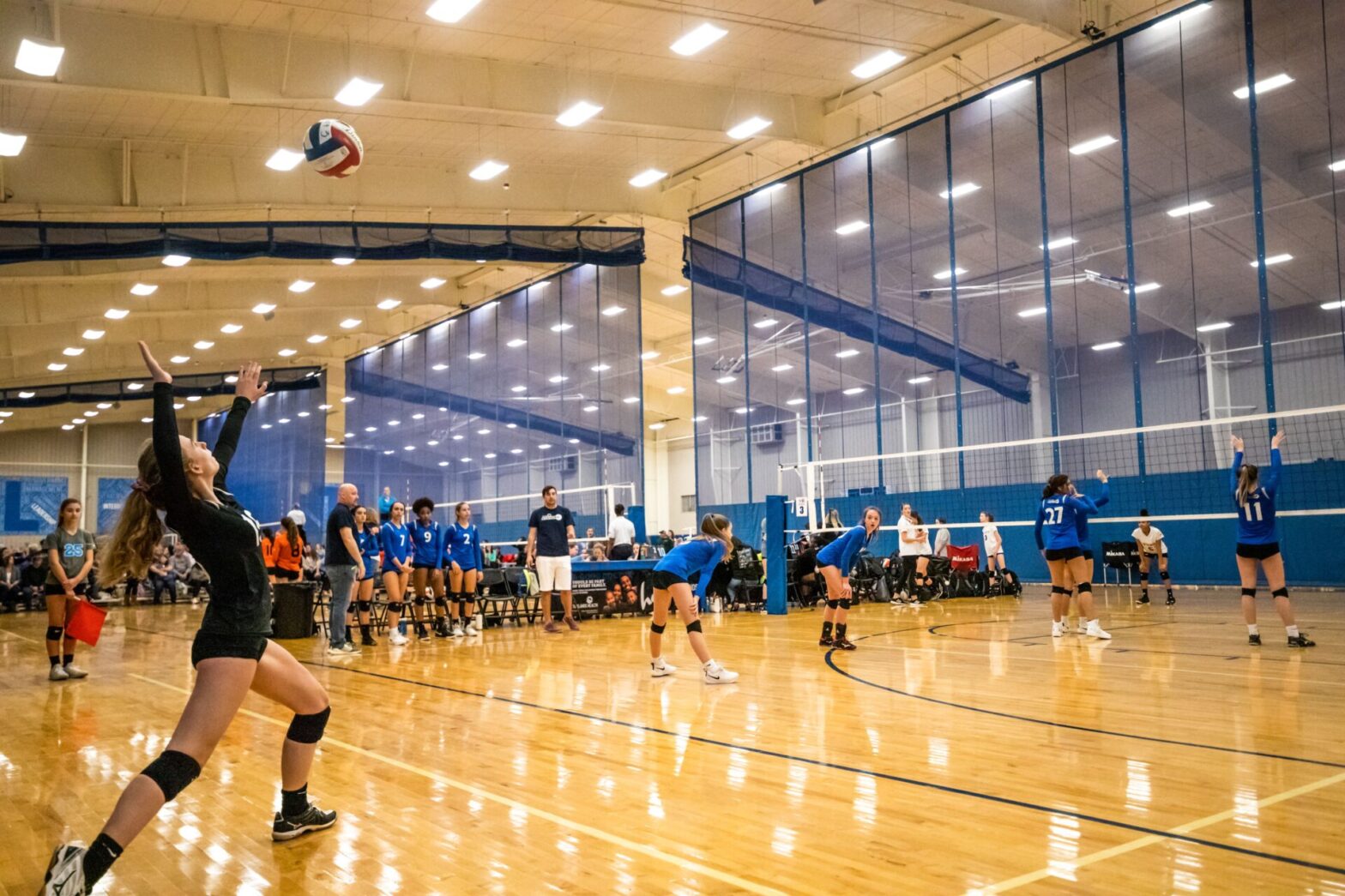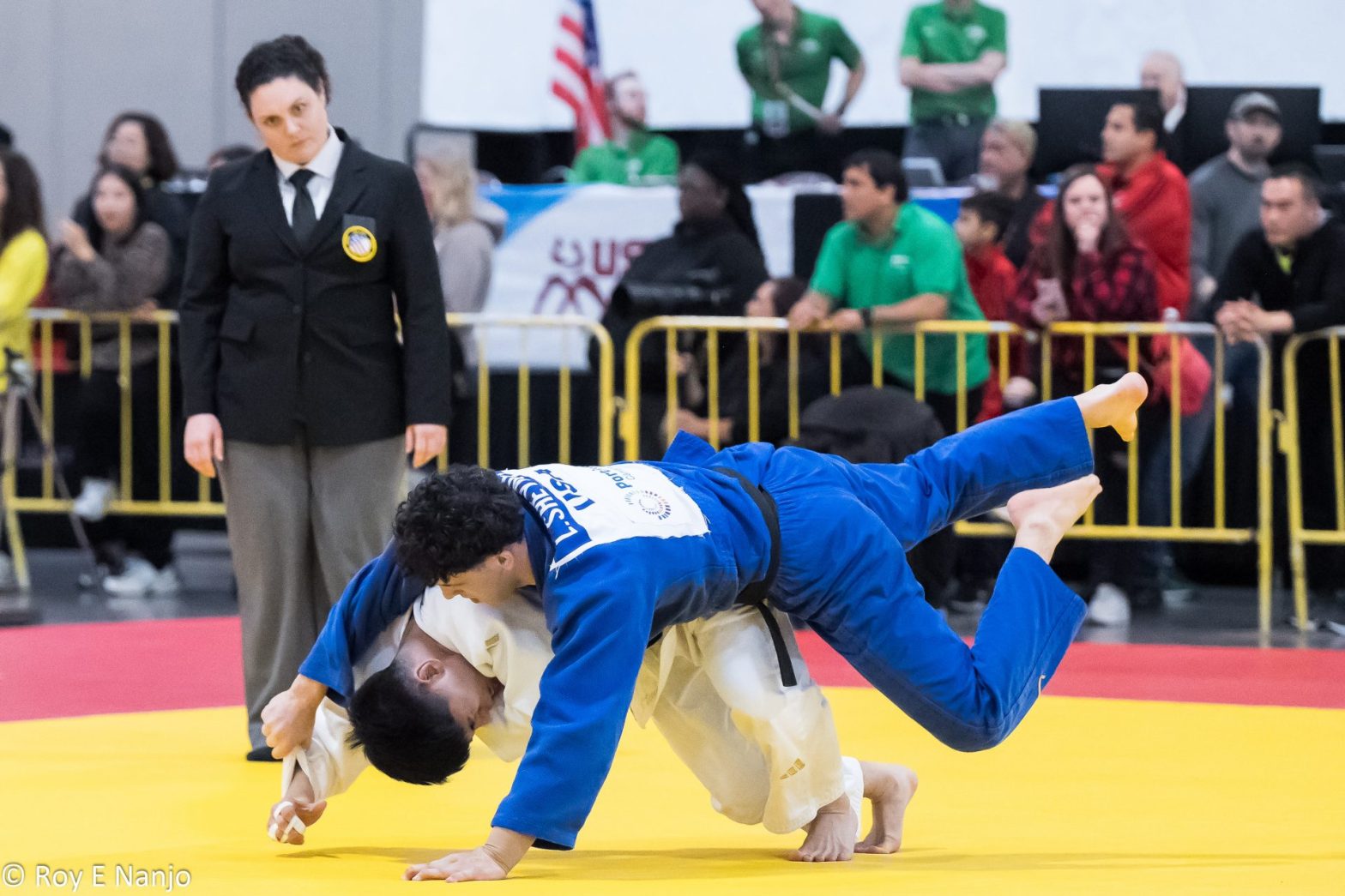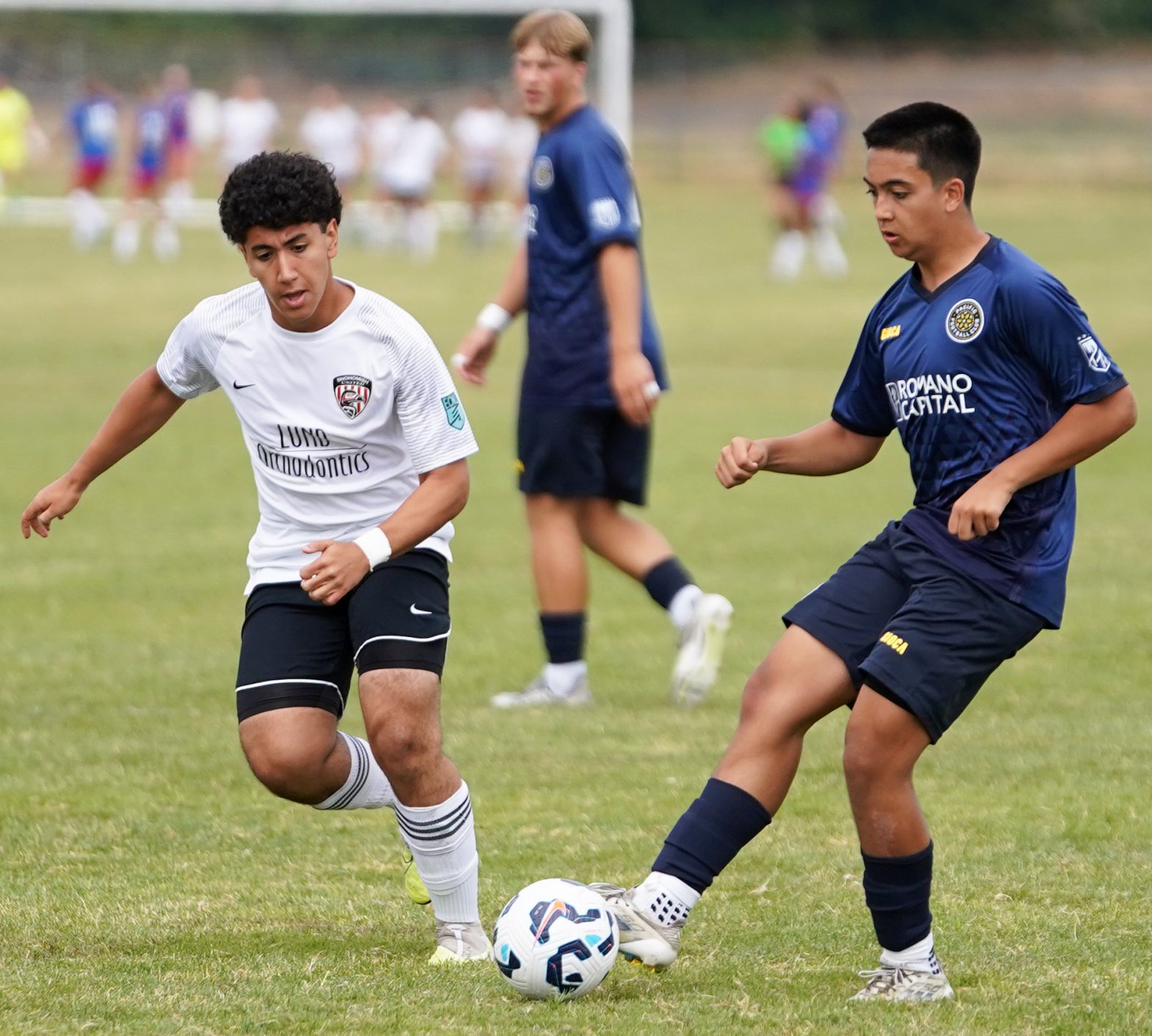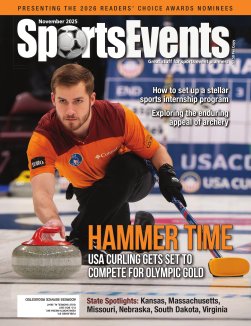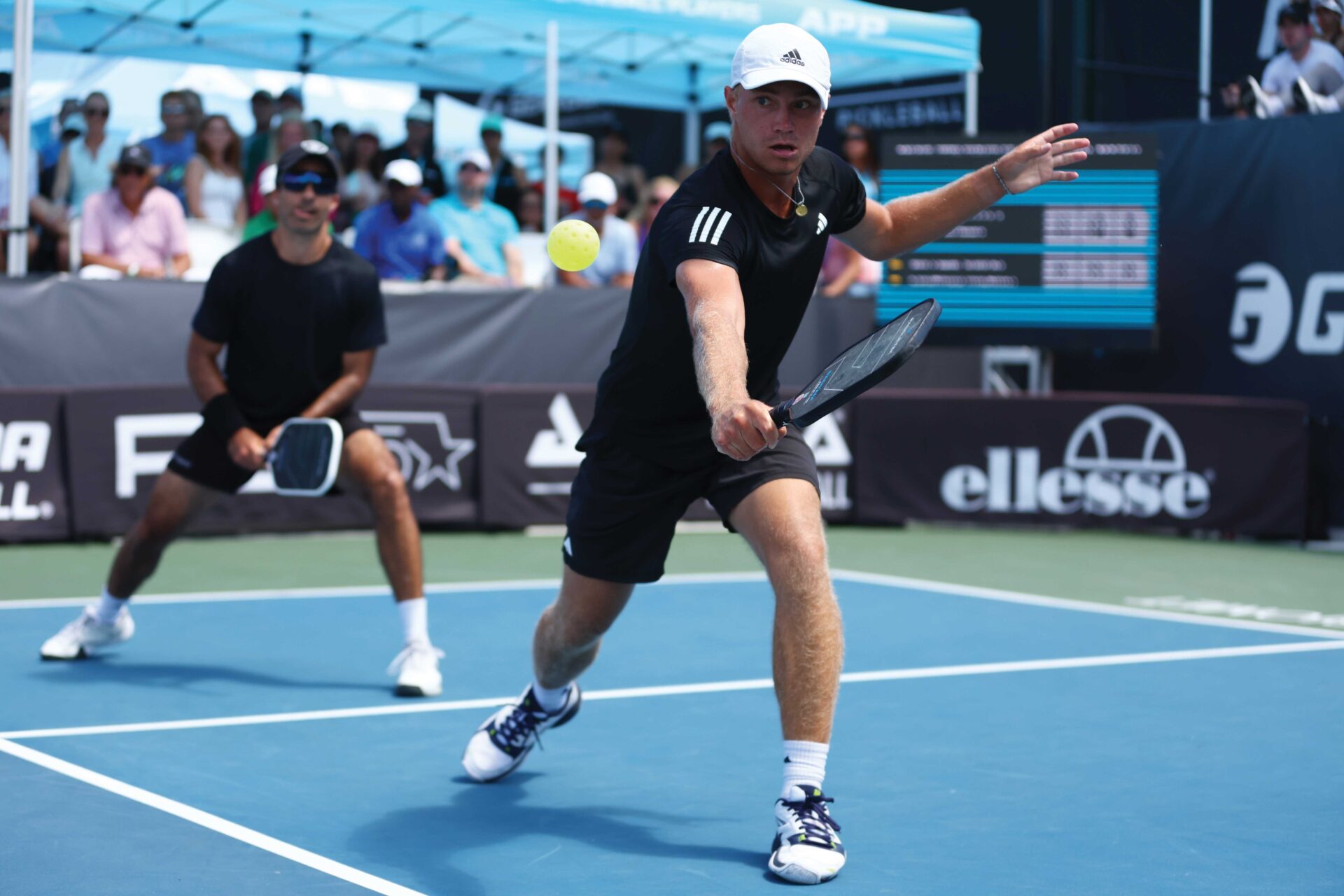
Pickleball may have started as a quirky backyard mashup of tennis, ping pong, and badminton, but these days, it’s commanding center court. With millions of players nationwide, a surge in pro tournaments, and even smartwatches recognizing it as a top workout, pickleball isn’t just having a moment—it’s defining one.
And for anyone who has ever stepped onto a pickleball court, they already get it. The game is welcoming, quick to learn, surprisingly competitive—and above all, fun. That last part is key. “We surveyed thousands of players across the country to ask why they play, and 76 percent of players told us they play pickleball because it’s fun,” says Tom Webb, chief marketing officer for the Association of Pickleball Players (APP), a producer of pro and amateur pickleball tournaments. That fun-first mindset is driving participation. According to the APP, approximately 48 million adult Americans have played pickleball in the last year—and with that popularity comes a surge in tournament demand. So, what does it take to plan a successful pickleball event? Here are some helpful tips to get you started.
Focus on fun
Webb says success starts with embracing that spirit of fun. “Our number one goal is to make sure everybody who competes, whether it’s their first time or they’re a seasoned pro, has an amazing tournament experience,” Webb says. That means understanding what makes pickleball resonate. “It’s easy to pick up and hard to master,” he explains. “You get a sense of achievement right away. The first time you hit the ball over the net, and it goes where you want, you feel like you’ve accomplished something—and then someone hits it back, and suddenly, you’re in a rally.”
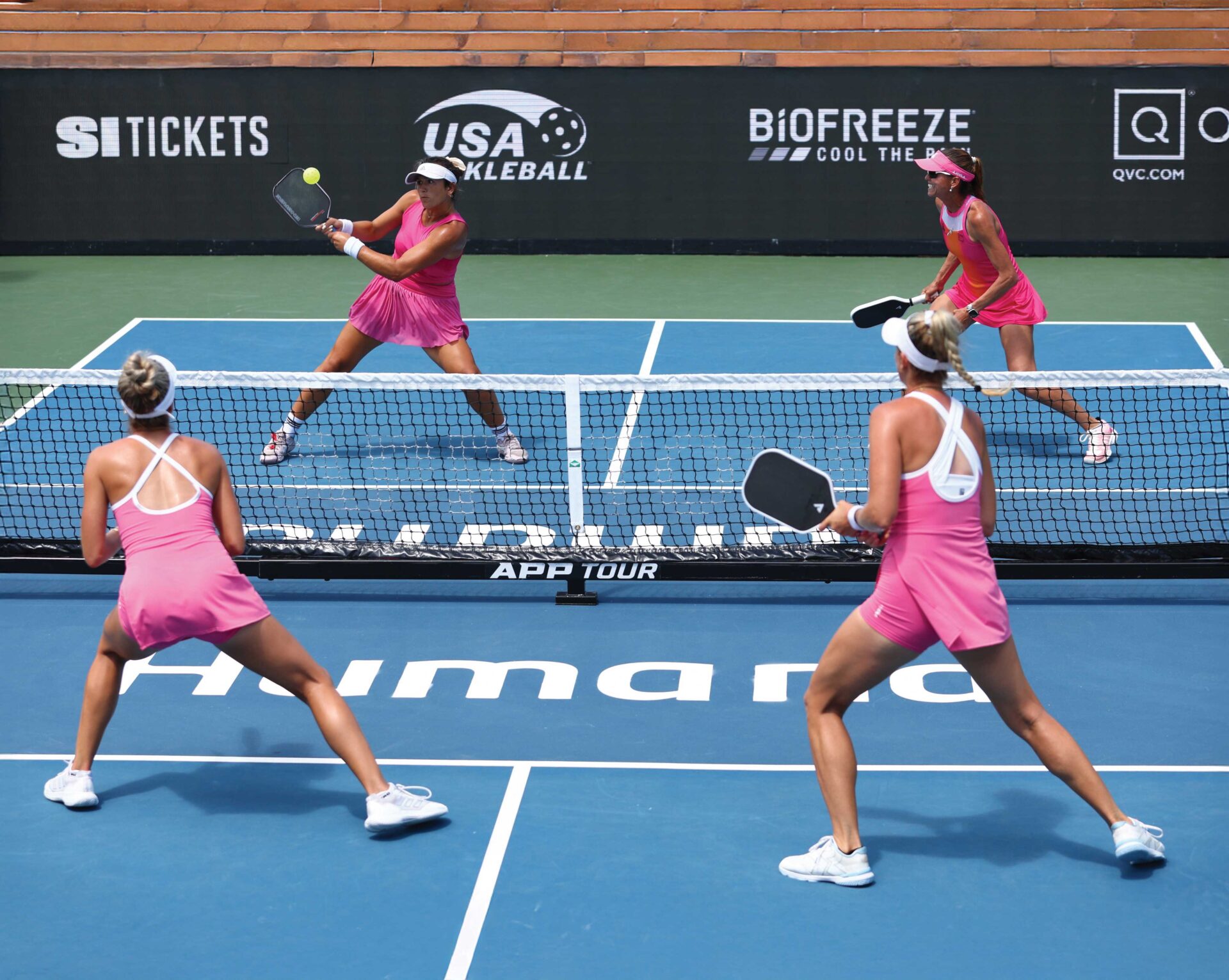
Get legit
Once that player-centric purpose is established, the next step is building a professional foundation. Webb recommends partnering with USA Pickleball, the national governing body (NGB) for the sport, to ensure the event meets competitive standards expected by players. “USA Pickleball has been around for decades and runs officially sanctioned tournaments through the NGB,” Webb says. “By adhering to their standards, which govern everything from court size to referee guidelines, you can offer players a consistent and professional experience no matter where they compete.”
The NGB’s involvement also lends credibility to an event. “If you’re an organizer, getting USA Pickleball to sanction your tournament is like earning a badge of quality,” Webb says. “It gives players the confidence that they’re entering a well-run event with a standard they can trust.”
Use the right tech
Operational tools are also key. Webb shares that using a professional tournament management system can streamline the process, especially for first-time organizers. “Our go-to is UTR Sports,” says Webb. “They are the world’s leading tournament management system, which helps us set up everything from brackets to tournament structure, making registration seamless for both players and organizers. It takes the paperwork and guesswork out.”
Managing the logistics, however, doesn’t end with software. Tournament directors must carefully consider the physical setup as the layout plays a significant role in player satisfaction. “There’s a temptation to cram as many courts into a facility as possible, especially if you’re trying to maximize revenue,” Webb notes. “But squeezing too many courts together can hurt the player experience. Courts that are too close can lead to distractions, like stray balls flying across the net, or players running into each other. Less is more. Giving players more space between courts means they’ll have a more enjoyable experience—and more court time, which is what they really want.”
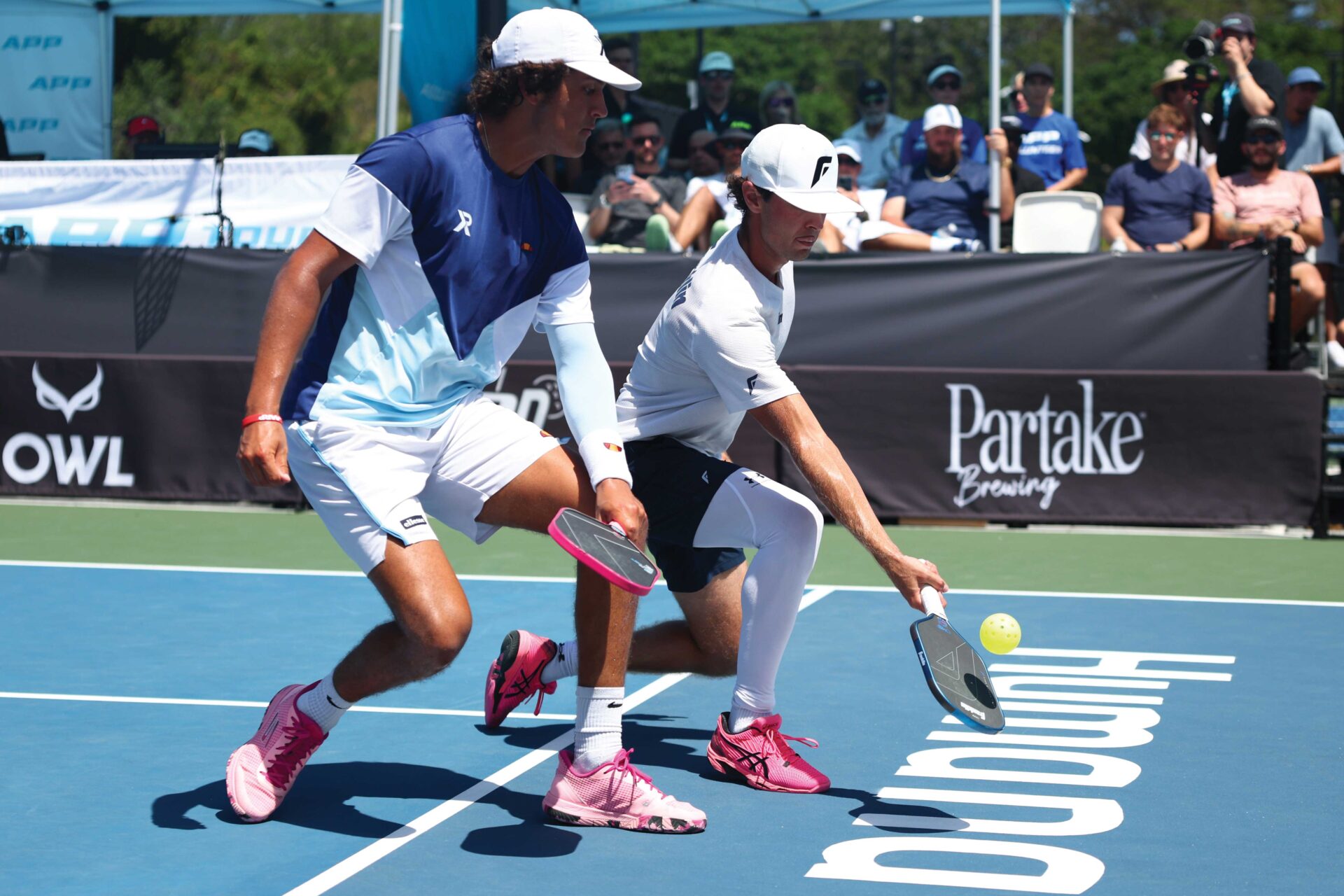
Be meticulous
Attention to small details—what Webb calls “touchpoints”—can turn a standard event into a standout, and those details go beyond the court. It includes details such as bringing a trainer onsite, if possible, to handle any injury concerns, having cold water on hand to ensure players stay hydrated, making sure there’s enough shade if the event is taking place outdoors, and even bringing in food trucks to keep everyone fueled. “All of these small touches contribute to making the event stand out as one that players will remember fondly,” he says. “Details like this could be what makes a player want to come back again.”
Make it fair
Beyond the logistics, the structure of the tournament itself is paramount. Dylan Horowitz, vice president of operations for the Amateur Pickleball Association (APA), highlights the importance of offering ample playtime for competitors. “We make sure every player gets at least six games,” he says. APA often uses a round-robin format that moves into brackets, ensuring everyone plays multiple matches, regardless of how they perform. “When players sign up, they want to feel like they’re getting value for their money,” he says. “That means providing enough court time to make the entry fee worthwhile.”
Avoiding “sandbagging”—when players deliberately enter a lower skill division to dominate the competition— is another key to fairness. For organizers, it’s a common pitfall and one that can be avoided, Horowitz adds. “We use the Duper (Dynamic Universal Pickleball Rating) system to assess skill levels,” he explains. “This ensures that players are grouped appropriately for competitive fairness, making the tournament experience enjoyable for everyone, whether they’re beginners or seasoned pros.”
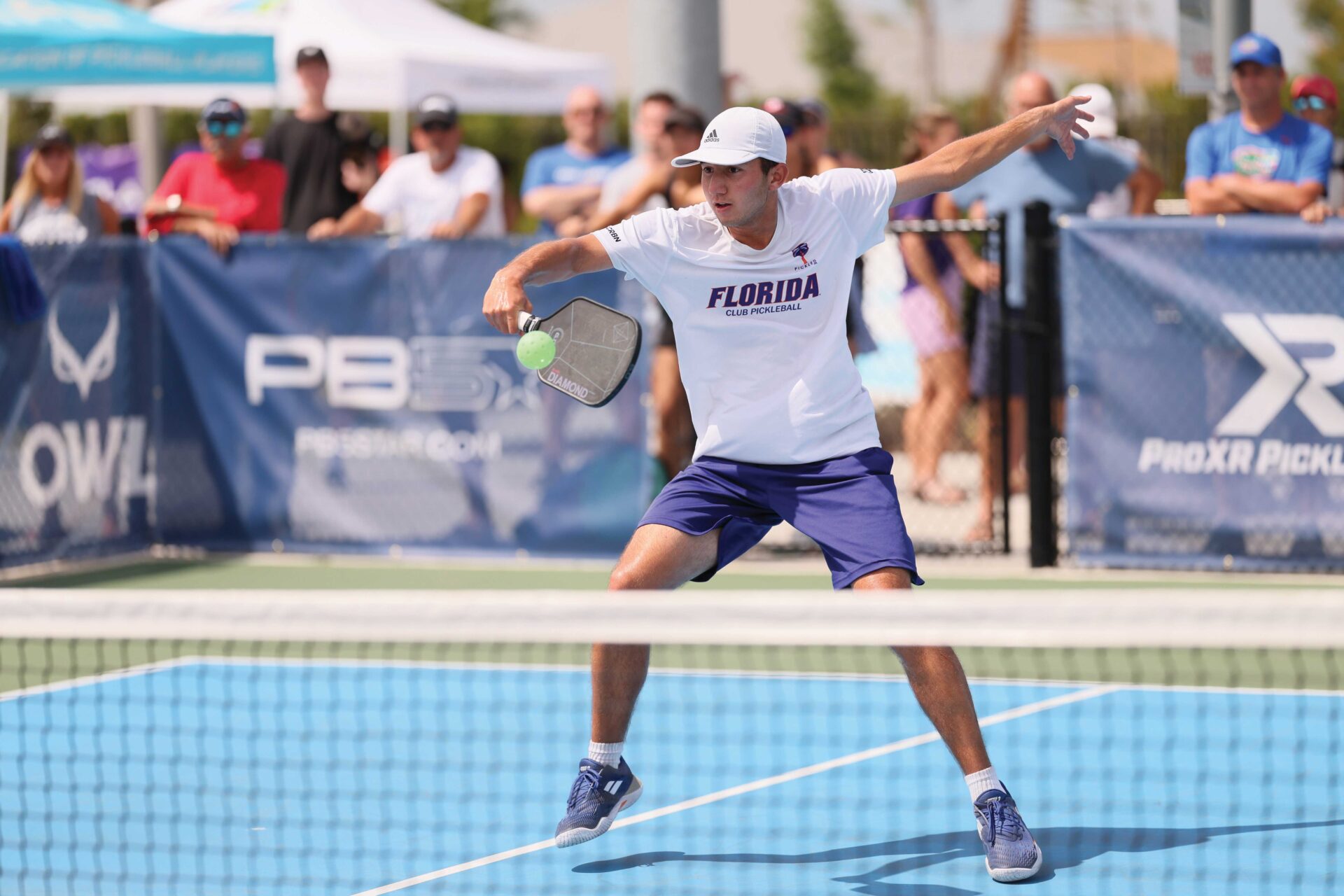
Plan ahead
One of the biggest pitfalls for new organizers, Webb says, is underestimating the time it takes to plan. “The more time you can give yourself to open registration and confirm the details and engage enough people, the more successful and well-run the event will be,” he stresses.
Equally important is forging strong partnerships with facilities, Horowitz adds. The APA hosts dozens of tournaments for thousands of players each year across the United States—last year alone it hosted approximately 90 events with approximately 16,000 total players– and doing so successfully means having the right relationship with the venue. “Partnerships with good facilities are key, and having an experienced team behind you makes all the difference,” he says. “The goal is always to increase participation and create repeat customers for the next event and partnering with a good facility and people who know what they’re doing is a critical part of making that happen.”
Pickleball 101
Pickleball is one of the easiest sports to pick up, but like any game, a little know-how can go a long way. From the right gear to understanding the basics and mastering a few pro tips, here’s what you need to know to play smarter and have more fun on the court.
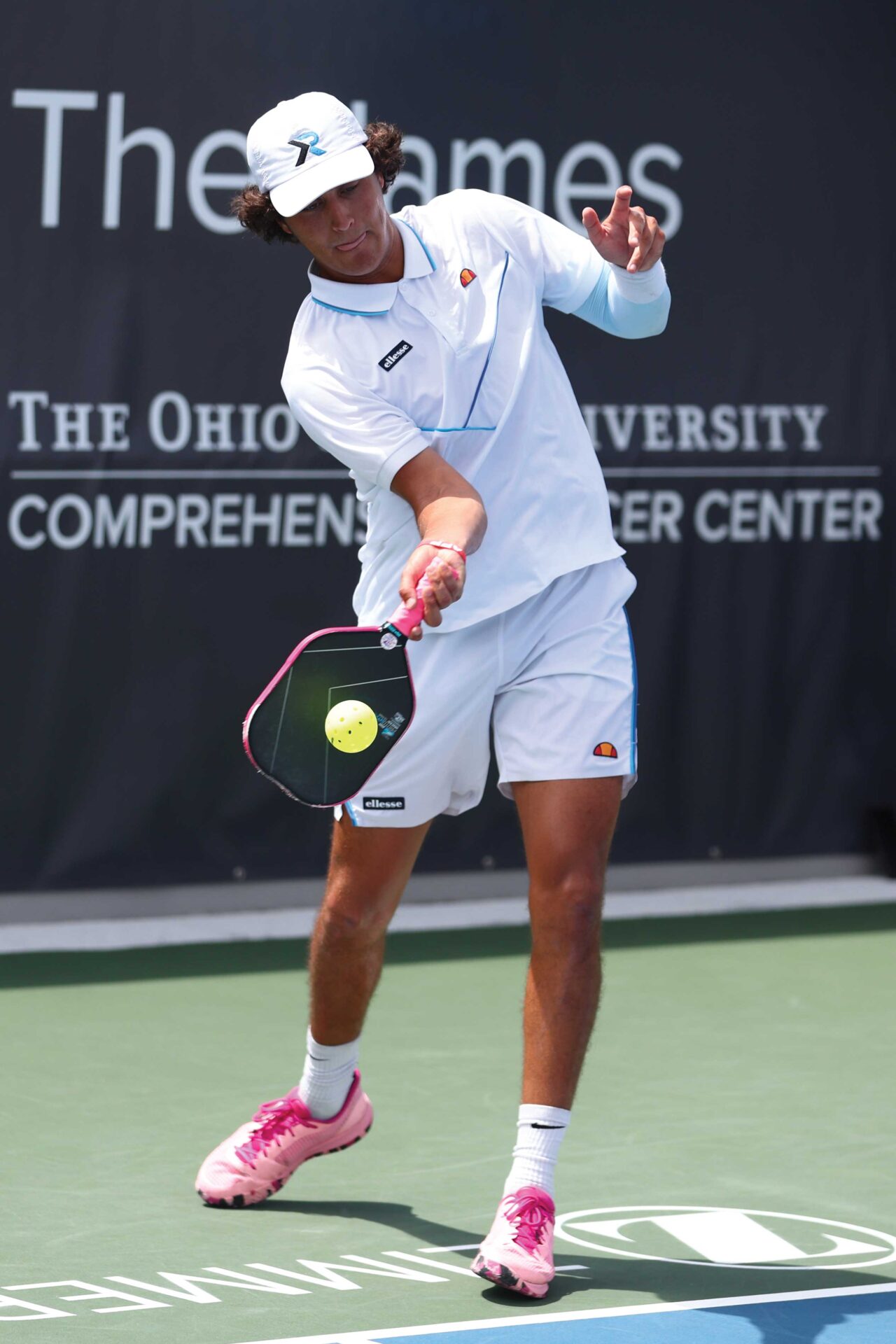
Essential gear: Pickleball is a low-maintenance sport in terms of gear, but the right choices can seriously impact your performance. First and foremost: the paddle. They come in different shapes, weights, and materials—some designed for power, others for control or spin. The APA’s vp of operations, Dylan Horowitz, suggests trying out as many different paddles as you can to help you find the one that feels right for your play style. Footwear is just as important. Pickleball- or tennis-specific shoes offer the support and cushioning needed to protect your knees and ankles during quick movements.
Basic rules: Most games are played as doubles, though singles are also common, on a badminton-sized court with a twist: the “kitchen.” This non-volley zone near the net comes with its own set of rules, noted below. Each rally starts with an underhand serve from behind the baseline, diagonally across the court. When serving, the server’s paddle must not hit the ball above the waist. Then comes the “two-bounce rule”—the ball must bounce once on each side before any volleys can begin (i.e., hitting the ball in the air before it bounces).
Once in play, you can’t volley the ball while standing in the kitchen or even touching its line. This rule prohibits players from performing smashes when they are positioned within the designated zone. Only the serving team can score, and games are typically played to 11, win by two, though tournament games may go to 15 or 21. Overall, pickleball is simple enough to learn, but there’s plenty of room for strategy and skill development. For a full rundown of the rules, go to www.sportseventsmediagroup.com/pickleballrules.
Pro tip: To improve your game, play with a variety of opponents, Horowitz shares. “If you always play with the same group, you’re limiting your exposure to new strategies and styles,” says Horowitz. Mixing it up keeps your game sharp—and a little unpredictability can go a long way in preparing for competitive tournament play.


